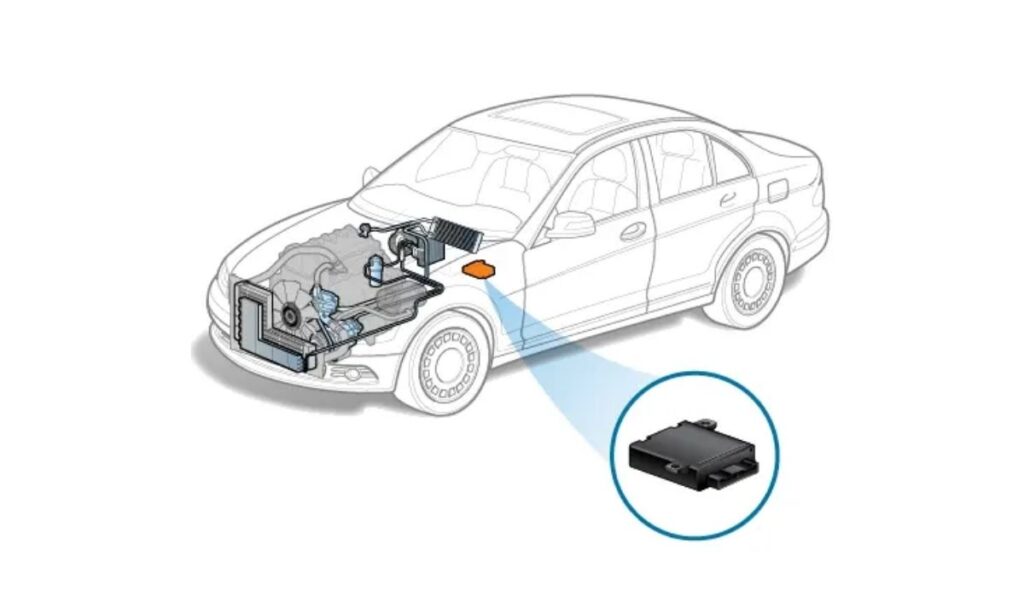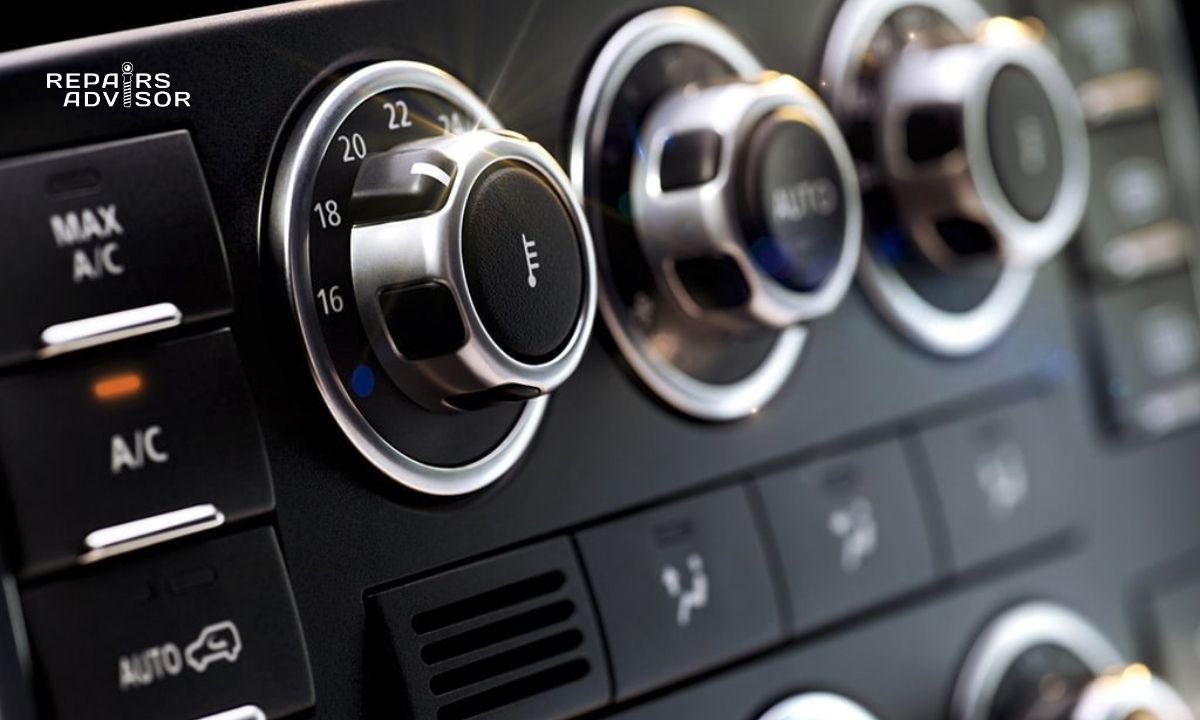The AC/heater control module is essentially the computer brain of your car’s entire heating, ventilation, and air conditioning (HVAC) system. It’s the central command center that controls and automates everything from the fan speed and temperature settings to where the air comes out. When you dial down the temperature or switch to defrost, this module is busy translating your commands into action, managing various components like the blower motor, blend doors, and AC compressor to keep your cabin comfortable.
When this crucial module starts to glitch, your car’s climate control can go haywire, leaving you either too hot, too cold, or just plain frustrated.

Key Signs Your AC/Heater Control Module Might Be Failing
Because it’s a computer, a failing AC/heater control module can cause a variety of baffling symptoms, making your HVAC system unreliable:
- HVAC System Doesn’t Heat or Cool Properly:
- This is the most common and annoying symptom. You set the temperature, but the system either blows air that’s too hot, too cold, or just ambient air, regardless of your settings.
- It might not cool in the summer or heat in the winter, making your drives uncomfortable. This happens because the module can’t properly regulate the blend doors that mix hot and cold air, or it’s failing to send the correct signals to the AC compressor or heater core.
- Incorrect Air Distribution (Air Comes Out of Wrong Vents):
- Ever tried to get air from the dash vents, but it only comes out of the floor or defrost? That’s a classic sign. The control module manages the mode doors (also called blend doors or actuators) that direct airflow to different vents (dash, floor, defrost).
- If the module malfunctions, it can’t correctly command these doors, leading to air blowing from the wrong vents, or sometimes no air coming out of any desired vent at all.
- Fan Speed Issues (Stuck or Unresponsive):
- The fan might be stuck on one speed, either high or low, or it might not respond to adjustments at all. This indicates the module isn’t properly communicating with the blower motor resistor or blower motor itself.
- Buttons or Knobs Don’t Respond:
- If you try to change settings (temperature, fan speed, mode), but the buttons or knobs are unresponsive or work intermittently, the control module might be failing to interpret your inputs. This can be particularly frustrating with digital climate control systems.
- Intermittent Operation or Completely Dead System:
- Sometimes, the HVAC system might work fine, then suddenly stop, or it might just be completely dead with no power to the display or controls. This points to an electrical issue within the module or its power supply.
How to Address a Failing AC/Heater Control Module
Diagnosing and fixing an AC/heater control module requires precision, as its symptoms can sometimes be confused with other HVAC components.
- Start with Diagnostic Trouble Codes (DTCs):
- A professional technician will always begin by connecting a specialized scan tool to your vehicle. This tool can communicate directly with the HVAC control module (and other vehicle computers) to retrieve any fault codes stored within the module’s memory. These codes are crucial for pinpointing the specific area of the problem, whether it’s an internal module fault, a communication error, or a problem with a sensor or actuator connected to the module.
- Check for Technical Service Bulletins (TSBs) and Software Updates:
- As with most computer-controlled systems in modern vehicles, the climate control system may need occasional software updates to address various issues, glitches, or improve performance. A quality shop will always check with the manufacturer for any relevant Technical Service Bulletins (TSBs) related to the specific problems you’re experiencing.
- If a TSB exists, updating the module’s software might resolve the issue without needing to replace the module itself. This is a common and often cost-effective first step.
- Systematic Component Testing:
- If no clear TSBs or software updates resolve the issue, the technician will systematically test related components. This includes:
- Testing power and ground to the control module.
- Testing actuators (blend doors, mode doors): The module commands these, so if they’re stuck or faulty, they can cause symptoms that mimic a bad module. A technician can often command these actuators directly with a scan tool to see if they respond.
- Testing sensors: Temperature sensors (in-cabin, evaporator) provide input to the module, and faulty readings can lead to improper heating/cooling.
- Inspecting wiring and connectors for corrosion, damage, or loose connections.
- If no clear TSBs or software updates resolve the issue, the technician will systematically test related components. This includes:
- Module Replacement (If Confirmed Faulty):
- If, after thorough diagnosis, the AC/heater control module is confirmed to have an internal fault that cannot be resolved with a software update, it will need to be replaced.
- The replacement process involves removing the old module (often integrated into the dashboard or center console) and installing a new, compatible unit.
- Programming/Calibration: In many modern vehicles, a new control module will require programming or calibration with the vehicle’s computer system after installation. This ensures proper communication and function, and it’s a step that typically requires specialized dealer tools or advanced aftermarket scan tools.
Your Repair Advisor’s Take:
Your car’s AC/heater control module is the sophisticated “brain” that keeps your cabin comfortable. When it starts to fail, you’ll notice frustrating issues with heating, cooling, or air distribution. Because its symptoms can sometimes mimic problems with other HVAC components, accurate diagnosis is absolutely key.
Don’t just guess and replace parts – that can get expensive very quickly! An illuminated check engine light or an unresponsive climate system needs professional attention.
For precise diagnosis and effective repair of your HVAC system, always consult a qualified automotive technician. They have the specialized scan tools, technical bulletins, and expertise to pinpoint whether the issue is a software glitch, a faulty sensor, a bad actuator, or indeed, the control module itself. Ensure your drives are always comfortable – schedule a professional HVAC system diagnostic today!
